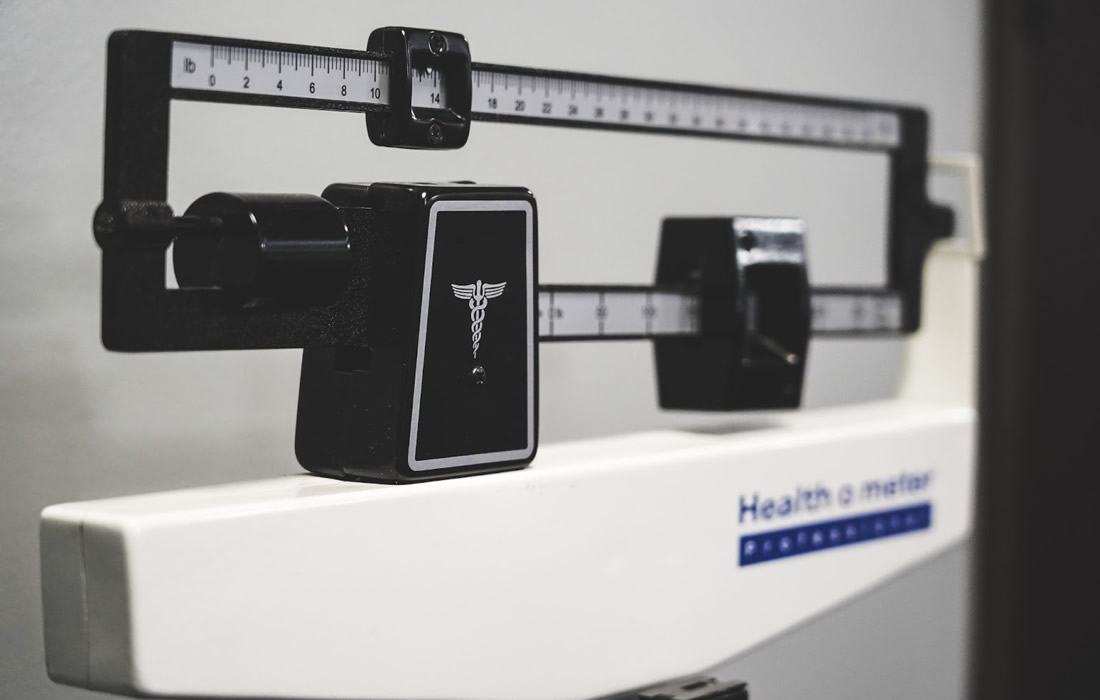Lifestyle
BMI Alone May Not Be a Sufficient Indicator of Metabolic Health
The latest research highlights the importance of including what percentage of the body is fat, muscle, bone, and water, and how much fat is in the abdomen vs. the thighs to fully understand drivers for cardio-metabolic disease.
“We show that there are racial/ethnic differences in body fat, BMI, and body fat distribution which may provide evidence for future studies to further determine if these differences are possible drivers of the racial disparities seen in cardio-metabolic diseases,” said Aayush Visaria, M.D..
Visaria and colleagues identified non-pregnant U.S. adults aged 20-59 years with whole body DEXA scan data. Their BMI was categorized by ethnicity (non-Asian: underweight<18.5, normal=18.5-24.9, overweight=25-29.9, obese≥30 kg/m2, Asian: <18.5, 18.5-22.9, 23-27.4, 27.5+).
The researchers estimated the odds of obesity among adults as normal/overweight based on BMI or total body fat percentage (BF%) as ≥25% in male and ≥32% in females, by race . They also estimated mean DEXA adiposity measures by race.
They found that nearly 36% had BMI≥30 (the traditional definition of obesity) but 74% had obesity per BF%. Among normal BMI adults, 44% of non-Hispanic Whites, 27% of NHB, 49% of Hispanic, and 49% of Asians had obesity as per BF%. Among normal BMI adults, the mean android-to-gynoid fat ratio was 0.84 for NHW, 0.85 for NHB, 0.89 for Hispanics, and 0.91 for Asians.
“We hope this research will add to the idea of weight-inclusive care and allow clinicians to routinely use supplementary measures of body fat such as waist circumference or bioimpedance-based body fat measurements in addition to BMI, engage in practices to prevent unconscious biases that may occur when caring for a patient with obese BMI, an engage in clinical decision-making that is not solely dependent on a BMI calculation but rather an overall idea of body composition and body fat distribution,” Visaria said.
Sources:
The Endocrine Society. “BMI alone may not be a sufficient indicator of metabolic health.” ScienceDaily. ScienceDaily, 15 June 2023. <www.sciencedaily.com/releases/2023/06/230615183245.htm>.
Images from:
Photo by Samuel Ramos
https://unsplash.com/photos/mz9koyBQd4Q

